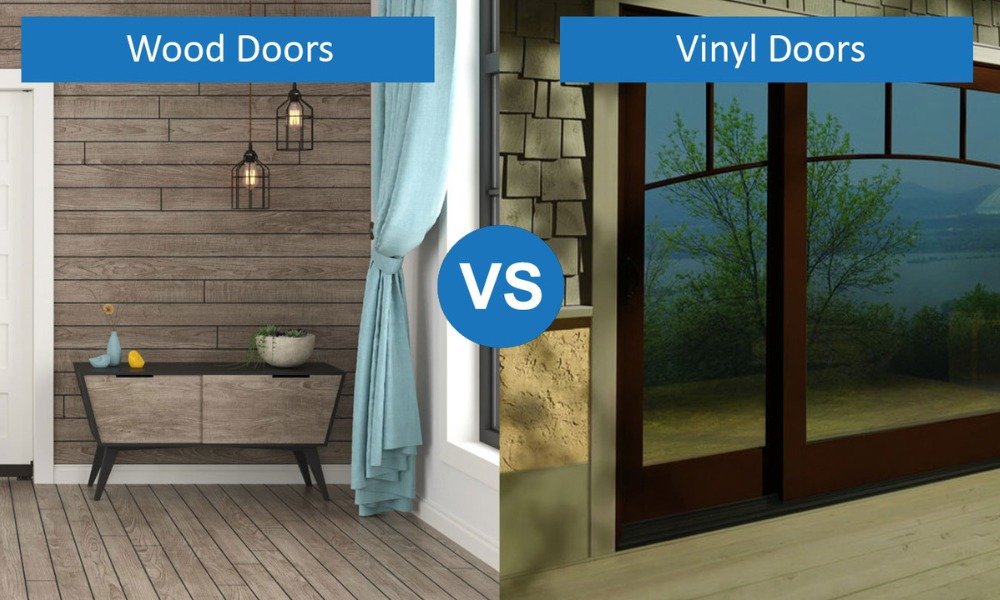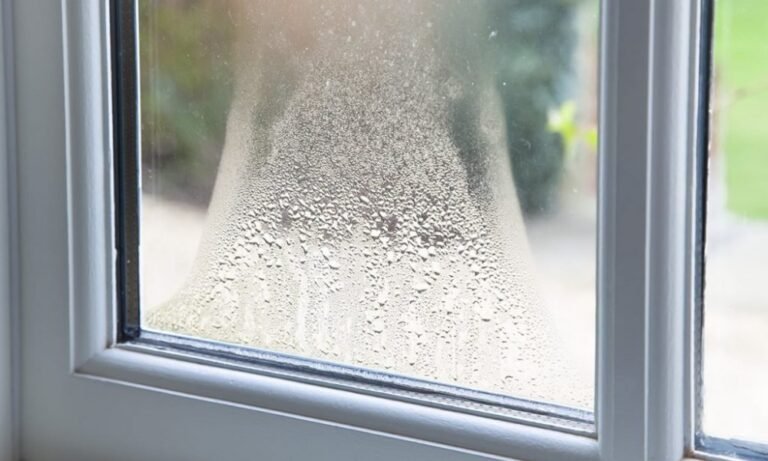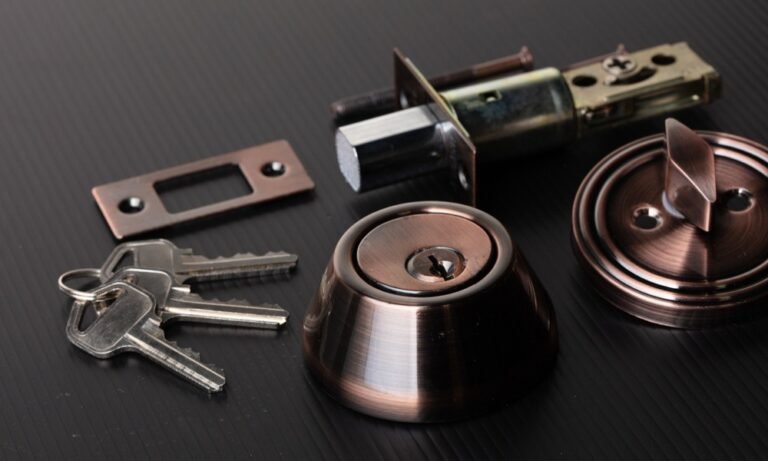Estimated reading time: 6 minutes
When choosing doors for your home, there’s more to it than meets the eye. A door isn’t just an entryway; it’s a combination of form, function, and personality. Wood and vinyl are two popular materials, each bringing its strengths to the table. If you’re weighing your options, I’ll walk you through the pros and cons to help you make an informed decision.
What You’ll Learn
- Key differences between wood and vinyl materials.
- How each option performs in durability, maintenance, and insulation.
- Practical advice for choosing the best option for your home.
Aesthetic Appeal: Traditional Elegance or Modern Simplicity?
Wood
Wood exudes timeless beauty. Its natural grains, warm tones, and ability to be stained or painted make it a favorite for classic and modern designs alike. From mahogany to oak, the variety of wood types available allows for customization to match any home style. Intricate carvings or panel designs can further enhance the architectural charm.
That said, maintaining that charm requires effort. If you love projects like refinishing furniture, maintaining wooden doors might feel rewarding. Otherwise, it could feel like a time-consuming task.
Vinyl
Vinyl offers simplicity and ease. With its clean lines and smooth finishes, it’s perfect for contemporary homes that value practicality. While it lacks the rich textures of wood, vinyl still comes in various colors and finishes to suit diverse tastes. The best part? No painting or staining is required—vinyl keeps its look with minimal effort.
If you’re drawn to modern aesthetics but don’t want to worry about frequent upkeep, vinyl might be your match.
Durability and Maintenance: Strength or Convenience?
Wood
Wood is sturdy but high maintenance. Exposure to moisture can cause swelling or rotting over time, especially in areas with high humidity. Regular sealing and occasional refinishing are necessary to keep wood in shape.
Still, wood stands up well to impact, making it a solid choice for households with kids or pets. If you’re willing to put in the work, wood doors can last decades and retain their beauty.
Vinyl
Vinyl shines in the durability department. It resists moisture, pests, and general wear and tear, making it ideal for regions with unpredictable weather. Unlike wood, it won’t swell or warp, and its surface is less likely to dent or scratch.
Maintenance is a breeze. A quick wipe with a damp cloth keeps vinyl doors looking new. If you’re looking for a worry-free option, vinyl offers unmatched convenience.
Energy Efficiency: Keeping Your Home Comfortable
Wood
Wood’s natural insulating properties help keep indoor temperatures stable. However, the efficiency of a wooden door depends on its construction. Solid-core wood doors are excellent insulators, while hollow or composite designs may fall short.
To maximize efficiency, weatherproof your door with seals and threshold strips. This minimizes drafts and keeps energy bills under control.
Vinyl
Vinyl doors are built with energy efficiency in mind. Many feature insulated cores and tightly sealed edges to minimize heat transfer. They’re especially effective in reducing energy loss during extreme seasons, helping to keep your home cool in summer and warm in winter.
For added savings, look for designs with multiple cavities or thermal breaks—they’re built to trap air and improve insulation.
Cost Considerations: Investment vs. Affordability
Wood
Wood comes with a higher upfront cost. Depending on the material and craftsmanship, prices range from $1,800 to $5,000 or more. Custom designs or premium woods like teak can push the budget even higher. Factor in regular maintenance expenses, such as refinishing or sealing, when evaluating the overall cost.
Still, wood’s classic appeal can increase a home’s resale value, making it a worthy investment for many homeowners.
Vinyl
Vinyl is the more budget-friendly choice, with prices ranging from $900 to $3,300. Its affordability doesn’t compromise quality, and the low maintenance costs make it an attractive option for those seeking long-term savings.
If you’re working within a tight budget, vinyl delivers excellent value without sacrificing durability or energy efficiency.
Environmental Impact: Sustainability Counts
Wood
Wood is a renewable resource, provided it’s sourced responsibly. Look for FSC-certified products to ensure sustainable forestry practices. At the end of its lifecycle, wood is biodegradable, making it an eco-friendly choice.
Vinyl
Vinyl’s environmental impact is more complex. It’s made from synthetic materials derived from petroleum, raising concerns about sustainability. However, advancements in recycling have led to more eco-friendly manufacturing processes. Some vinyl doors are now made from recycled materials, catering to environmentally conscious buyers.
Key Factors to Consider When Choosing
- Climate: If you live in a humid or wet area, vinyl handles moisture better. In dry regions, wood can be an excellent choice.
- Maintenance: Are you prepared for regular upkeep, or do you prefer something low-maintenance?
- Aesthetic Goals: Do you love the rich, natural look of wood, or do you prefer vinyl’s clean, modern feel?
- Budget: Can you afford wood’s higher upfront and maintenance costs, or is vinyl’s affordability more appealing?
- Energy Efficiency: Is temperature control a priority? Insulated vinyl doors often outperform wood in this area.
When to Choose Wood
- You value natural beauty and rich textures.
- You’re okay with committing to periodic maintenance.
- Your home features traditional or rustic architectural elements.
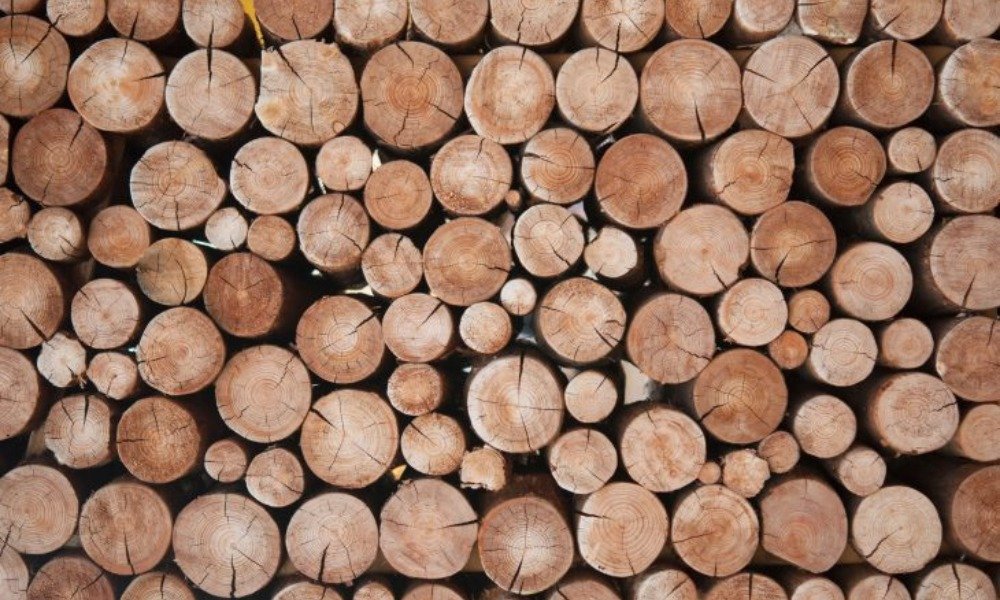
When to Choose Vinyl
- You need a durable, low-maintenance option.
- You’re on a budget but still want a stylish, functional door.
- Your home has a modern or minimalist design.
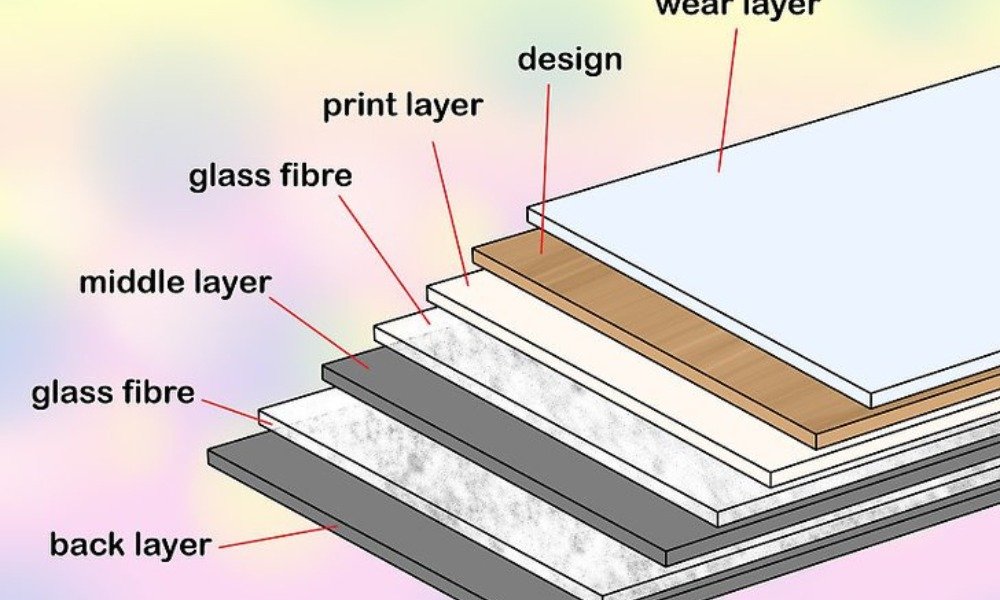
Real-Life Scenarios to Help You Decide
- For the DIY Enthusiast: If you enjoy home improvement projects and don’t mind sanding and staining every few years, wood could be a satisfying choice.
- For the Busy Professional: If you’re juggling work, family, and social commitments, vinyl’s low-maintenance nature might save you precious time.
- For the Eco-Conscious: Wood doors made from sustainable materials align better with green values. However, recycled vinyl is a growing option to consider.
Practical Tips for Maximizing Door Performance
- For Wood: Regularly check for signs of wear, like swelling or cracks. Apply a protective sealant annually, especially in humid climates.
- For Vinyl: Clean with a soft cloth and mild soap to avoid scratches. Consider insulated models for maximum energy efficiency.
Conclusion: Making the Right Choice for Your Home
Ultimately, the decision between wood and vinyl comes down to your needs, lifestyle, and budget. Wood doors offer timeless beauty and customization but require more effort to maintain. Vinyl doors deliver modern style, durability, and affordability, making them a practical choice for busy homeowners.
If you’re still on the fence, check out related articles to help you dive deeper:
- Signs It’s Time to Replace Your Windows and Doors
- How to Maintain Your Windows and Doors for Longevity
- Sliding vs. French Doors
No matter your choice, the right door can elevate your home’s style, comfort, and energy efficiency. So, what’s your pick—classic wood or contemporary vinyl?
